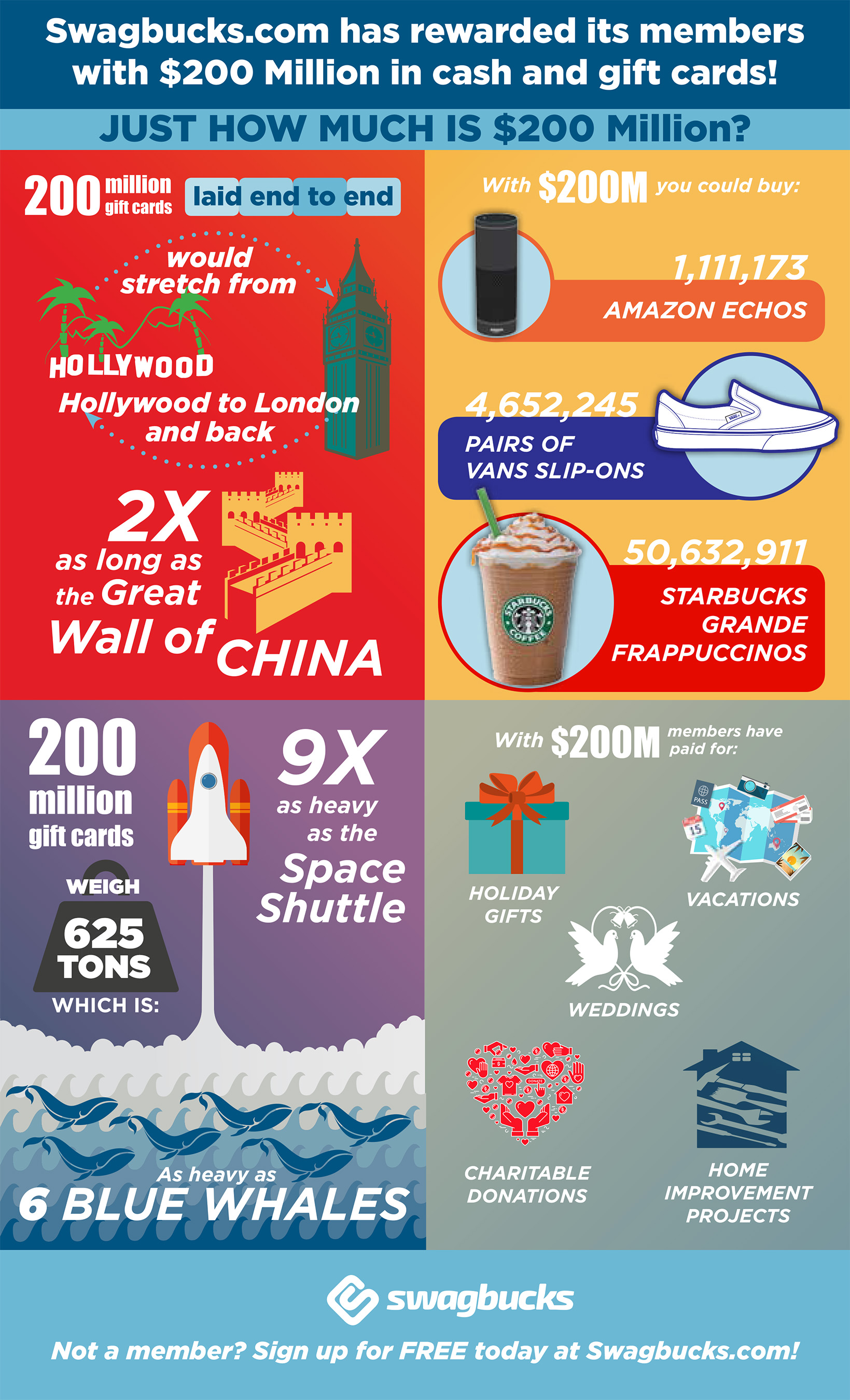Glass is among the most vital materials in several applications consisting of fiber optics innovation, high-performance lasers, civil engineering and ecological and chemical picking up. Nevertheless, it is not quickly manufactured using standard additive production (AM) innovations.
Different optimization options for AM polymer printing can be made use of to generate intricate glass tools. In this paper, powder X-ray diffraction (PXRD) was used to investigate the influence of these techniques on glass structure and crystallization.
Digital Light Processing (DLP).
DLP is one of the most popular 3D printing technologies, renowned for its high resolution and speed. It uses a digital light projector to transform liquid resin into strong things, layer by layer.
The projector has an electronic micromirror tool (DMD), which rotates to route UV light onto the photopolymer material with determine precision. The material then goes through photopolymerization, solidifying where the digital pattern is projected, forming the first layer of the printed item.
Recent technological breakthroughs have actually addressed traditional constraints of DLP printing, such as brittleness of photocurable products and obstacles in making heterogeneous constructs. As an example, gyroid, octahedral and honeycomb frameworks with various material residential properties can be conveniently made by means of DLP printing without the requirement for support materials. This enables new capabilities and level of sensitivity in adaptable power gadgets.
Direct Metal Laser Sintering (DMLS).
A specialized sort of 3D printer, DMLS makers work by carefully fusing metal powder particles layer by layer, adhering to specific standards set out in a digital plan or CAD documents. This procedure enables engineers to produce fully useful, top notch steel models and end-use production parts that would certainly be difficult or difficult to make using conventional manufacturing approaches.
A range of metal powders are used in DMLS equipments, consisting of titanium, stainless steel, aluminum, cobalt chrome, and nickel alloys. These various products provide specific mechanical buildings, such as strength-to-weight proportions, rust resistance, and heat conductivity.
DMLS is ideal matched for get rid of elaborate geometries and great functions that are as well costly to make using conventional machining approaches. The expense of DMLS comes from making use of costly metal powders and the procedure and maintenance of the machine.
Discerning Laser Sintering (SLS).
SLS utilizes a laser to selectively heat and fuse powdered product layers in a 2D pattern developed by CAD to fabricate 3D constructs. Ended up parts are isotropic, which implies that they have toughness in all instructions. SLS prints are also really long lasting, making them optimal for prototyping and small set production.
Commercially available SLS products include polyamides, polycarbonate elastomers and polyaryletherketones (PAEK). Polyamides are one of the most common due to the fact that they display optimal sintering behavior as semi-crystalline thermoplastics.
To improve the mechanical residential or commercial properties of SLS prints, a layer of carbon nanotubes (CNT) can be included in the surface area. This improves the thermal conductivity of the component, which equates to far better performance in stress-strain examinations. The CNT finishing can also minimize the melting point of the polyamide and increase tensile toughness.
Material Extrusion (MEX).
MEX modern technologies blend various materials to produce functionally rated components. This ability enables makers to reduce expenses by eliminating the requirement for expensive tooling and reducing lead times.
MEX feedstock is composed of metal powder and polymeric binders. The feedstock is integrated to achieve an uniform mix, which can be refined into filaments or granules relying on the type of MEX system made use of.
MEX systems utilize different system modern technologies, including continuous filament feeding, screw or plunger-based feeding, and pellet extrusion. The MEX nozzles are heated up to soften the combination and extruded onto the construct plate layer-by-layer, following the CAD version. The resulting part is sintered to densify the debound steel and achieve the preferred last dimensions. The outcome is a strong and resilient steel product.
Femtosecond Laser Processing (FLP).
Femtosecond laser handling produces very brief pulses of light that have a high top power and a little heat-affected zone. This innovation permits faster and a lot more exact material handling, making it perfect for desktop computer fabrication gadgets.
The majority of industrial ultrashort pulse (USP) diode-pumped solid-state and custom beer stein fiber lasers operate in supposed seeder burst setting, where the whole repetition price is split into a collection of individual pulses. In turn, each pulse is divided and intensified using a pulse picker.
A femtosecond laser's wavelength can be made tunable through nonlinear regularity conversion, allowing it to process a wide array of products. For example, Mastellone et al. [133] utilized a tunable straight femtosecond laser to make 2D laser-induced periodic surface frameworks on ruby and gotten remarkable anti-reflective residential properties.
